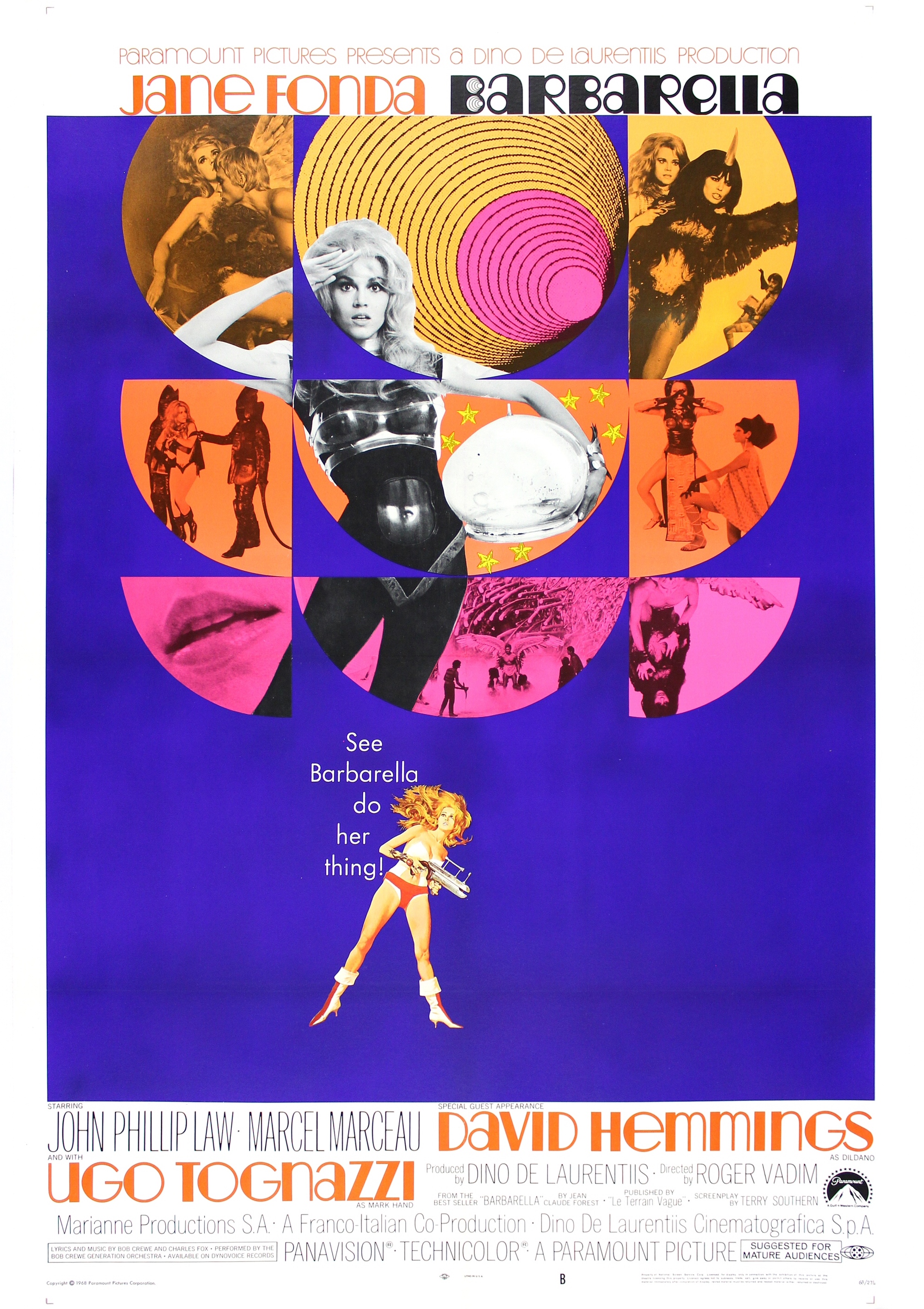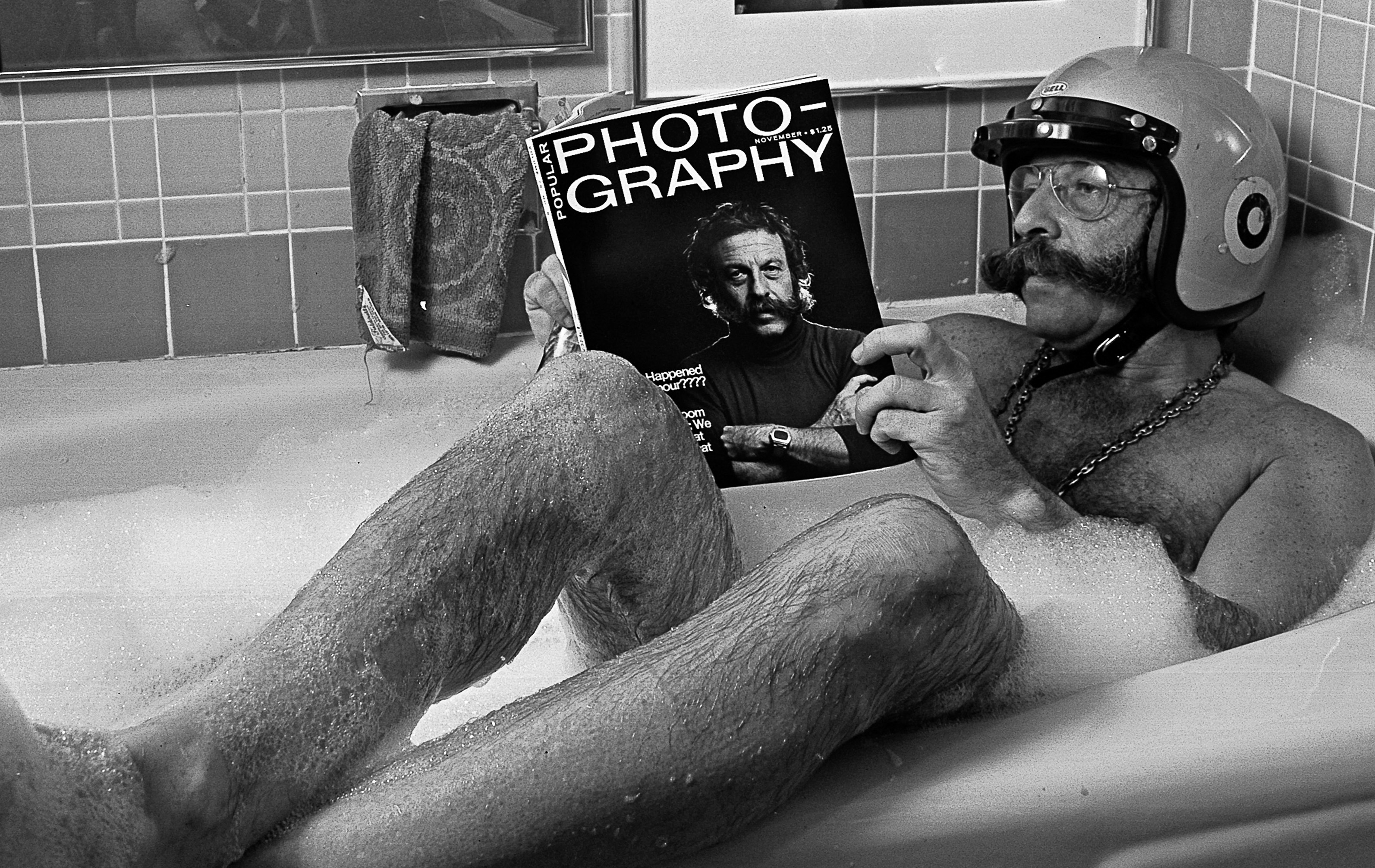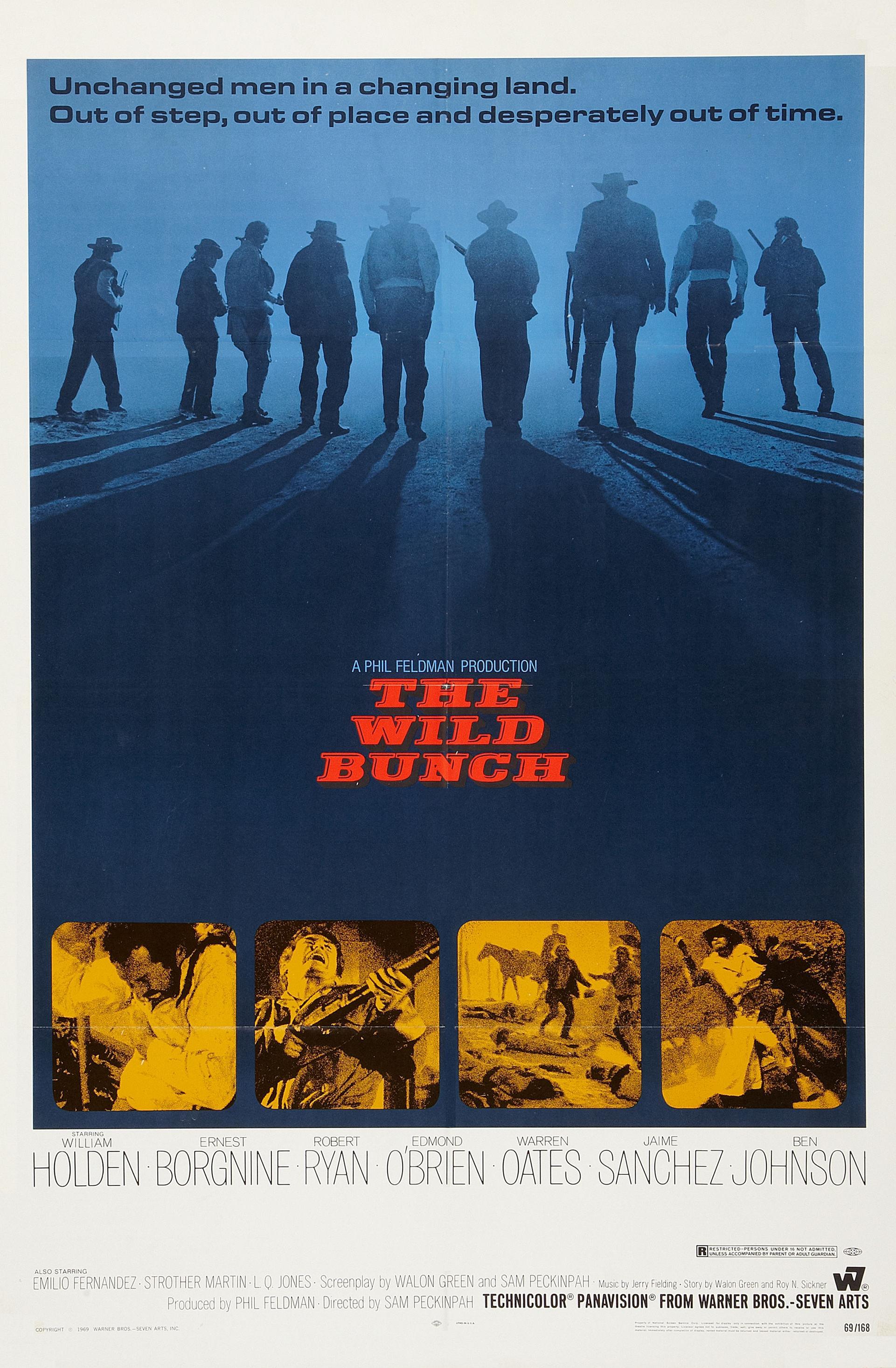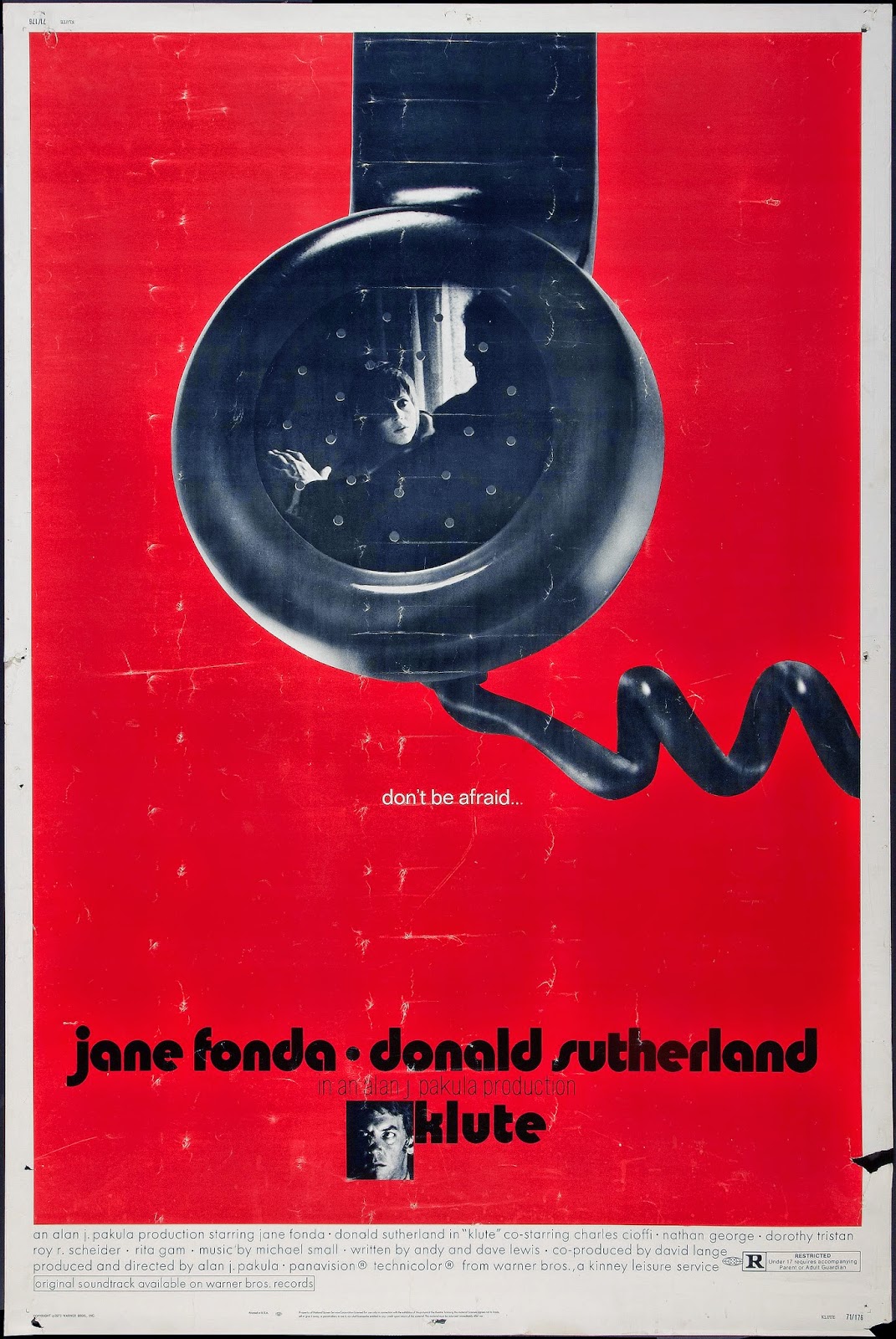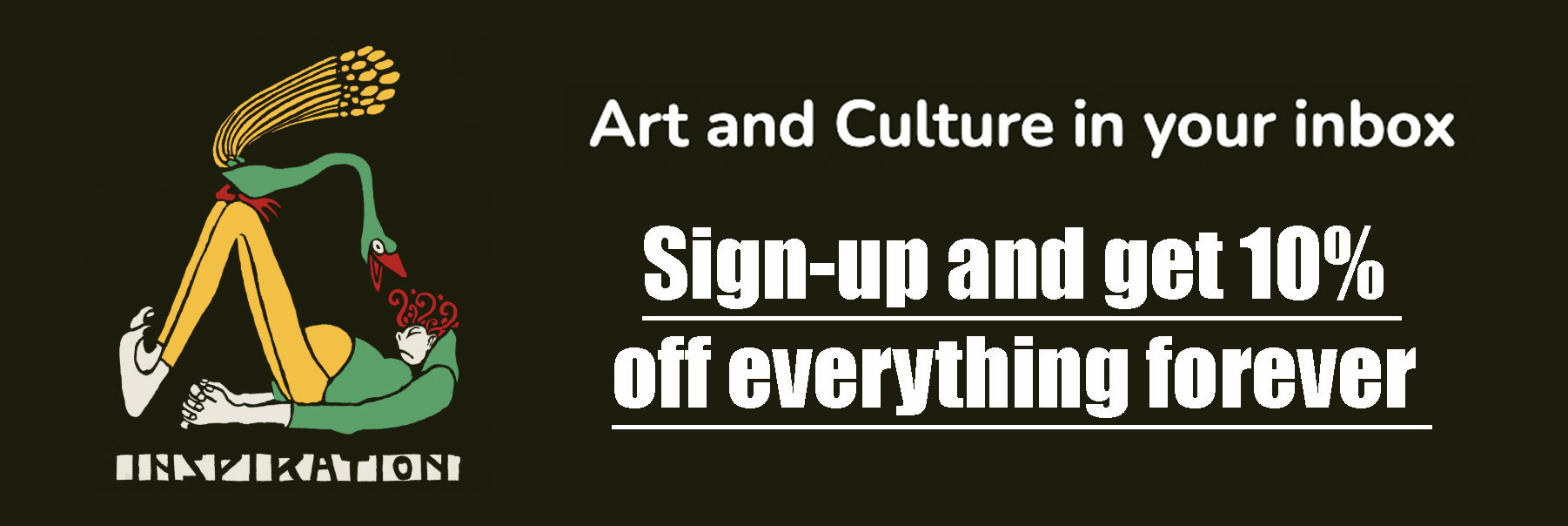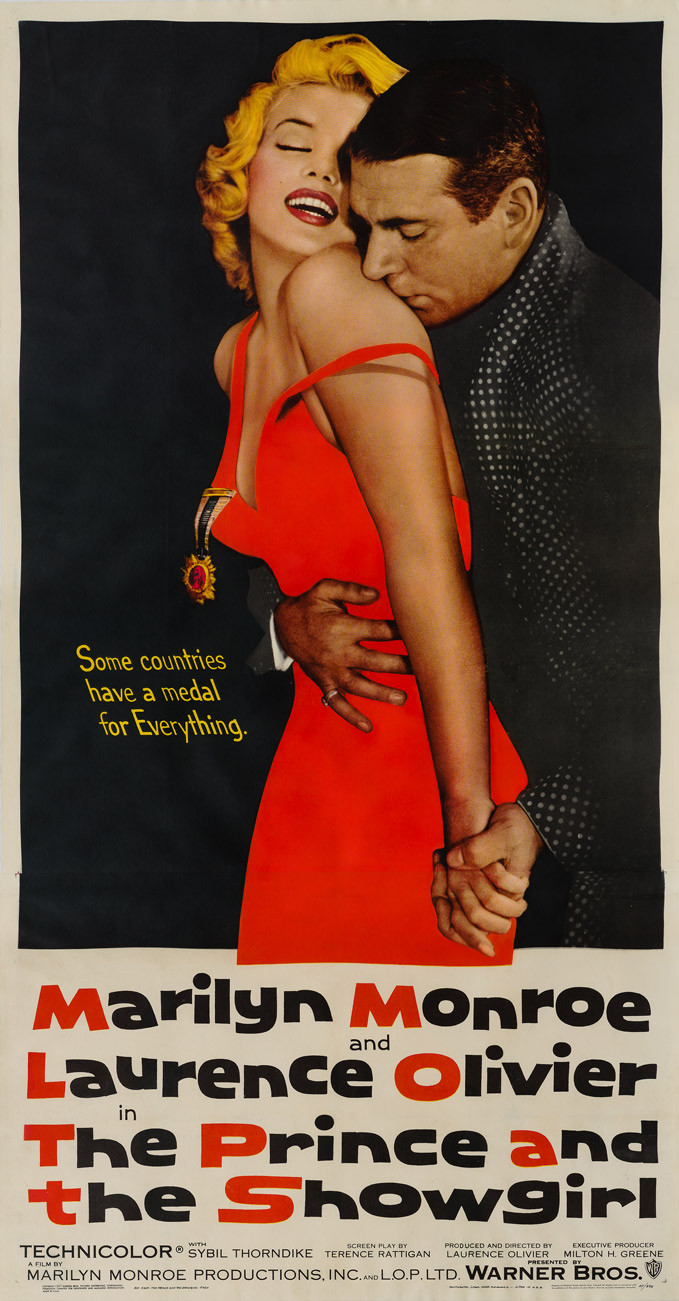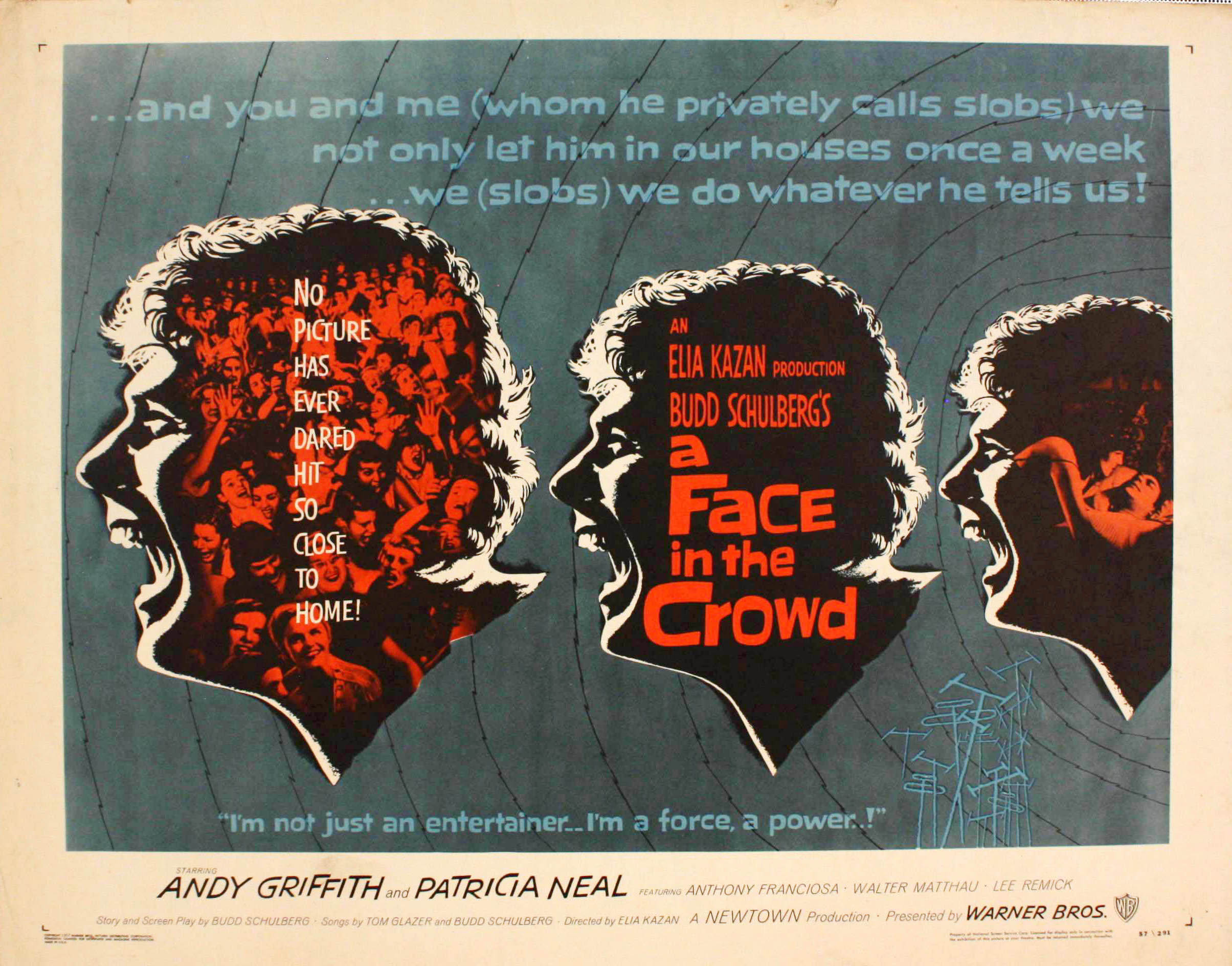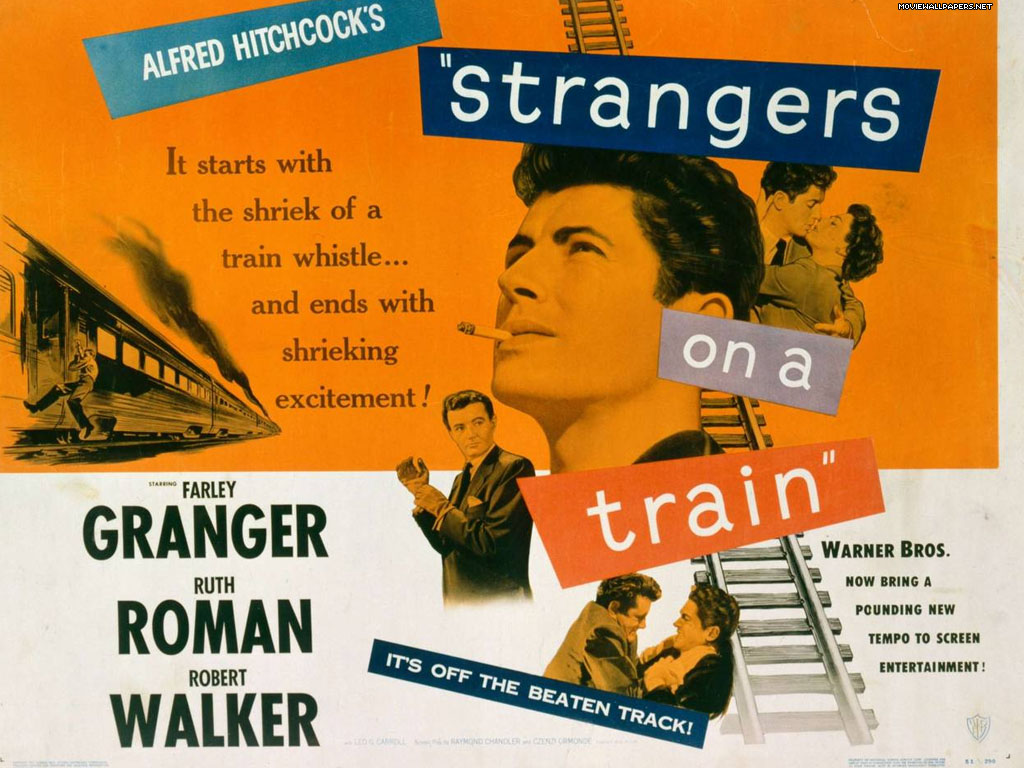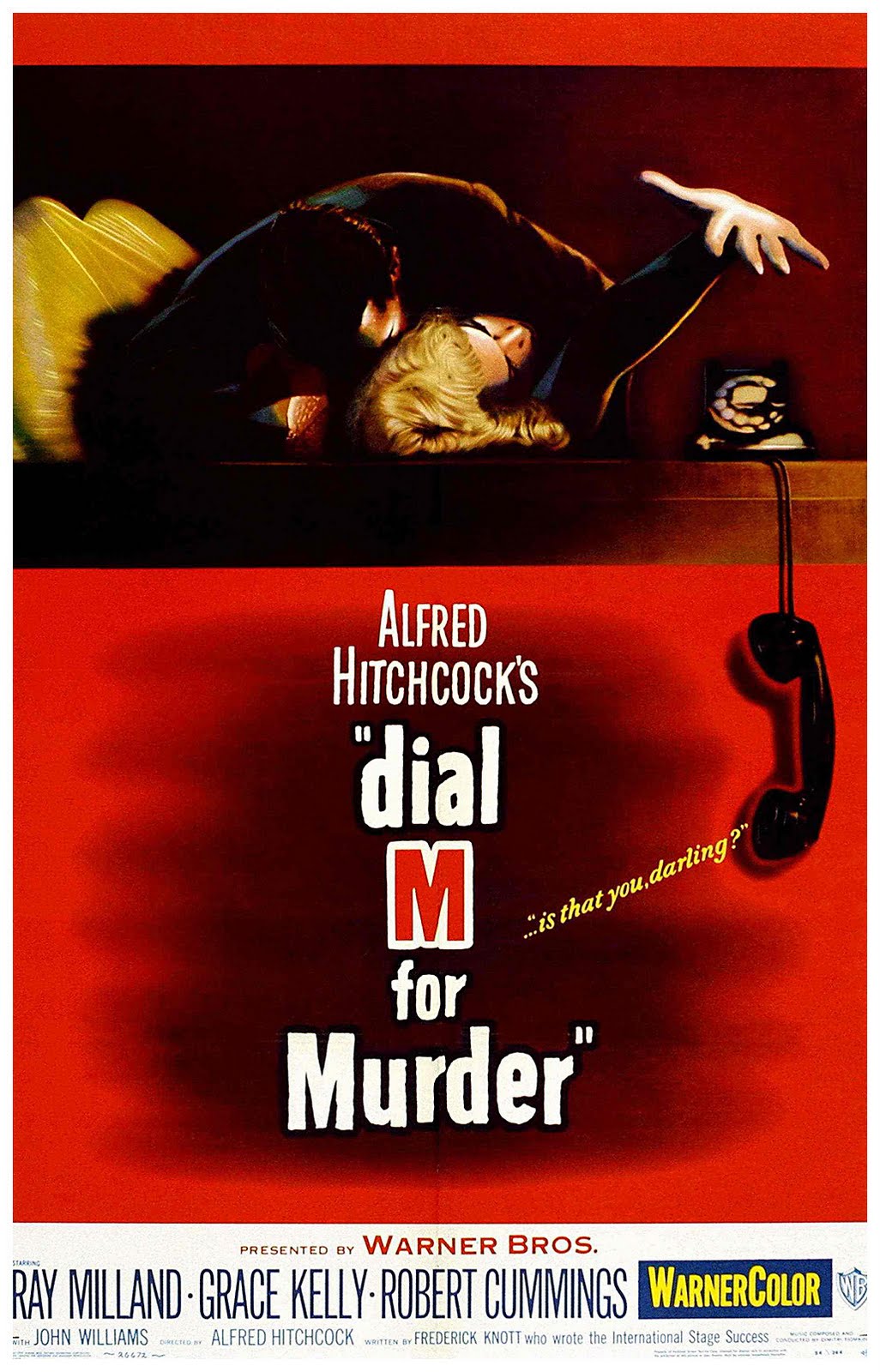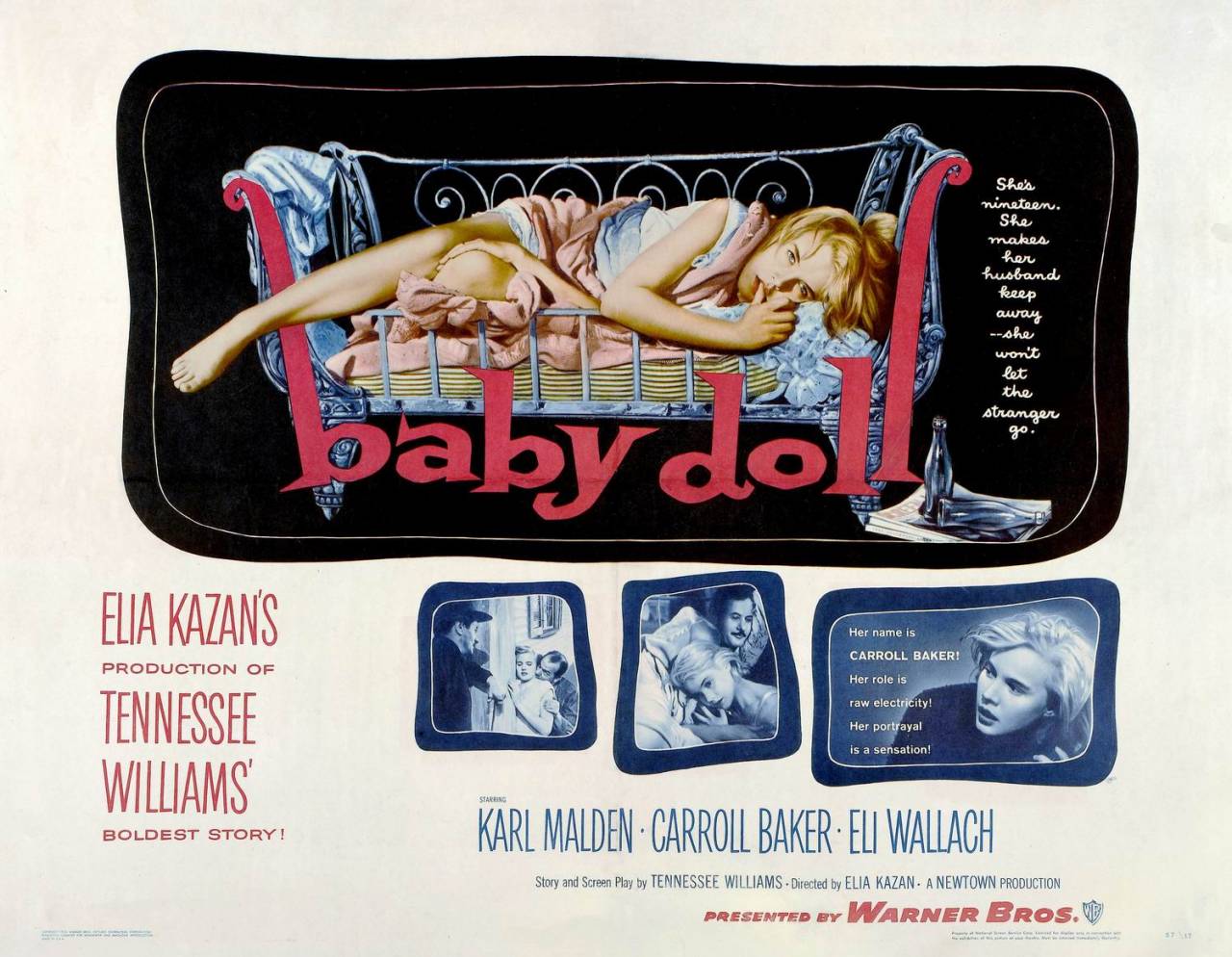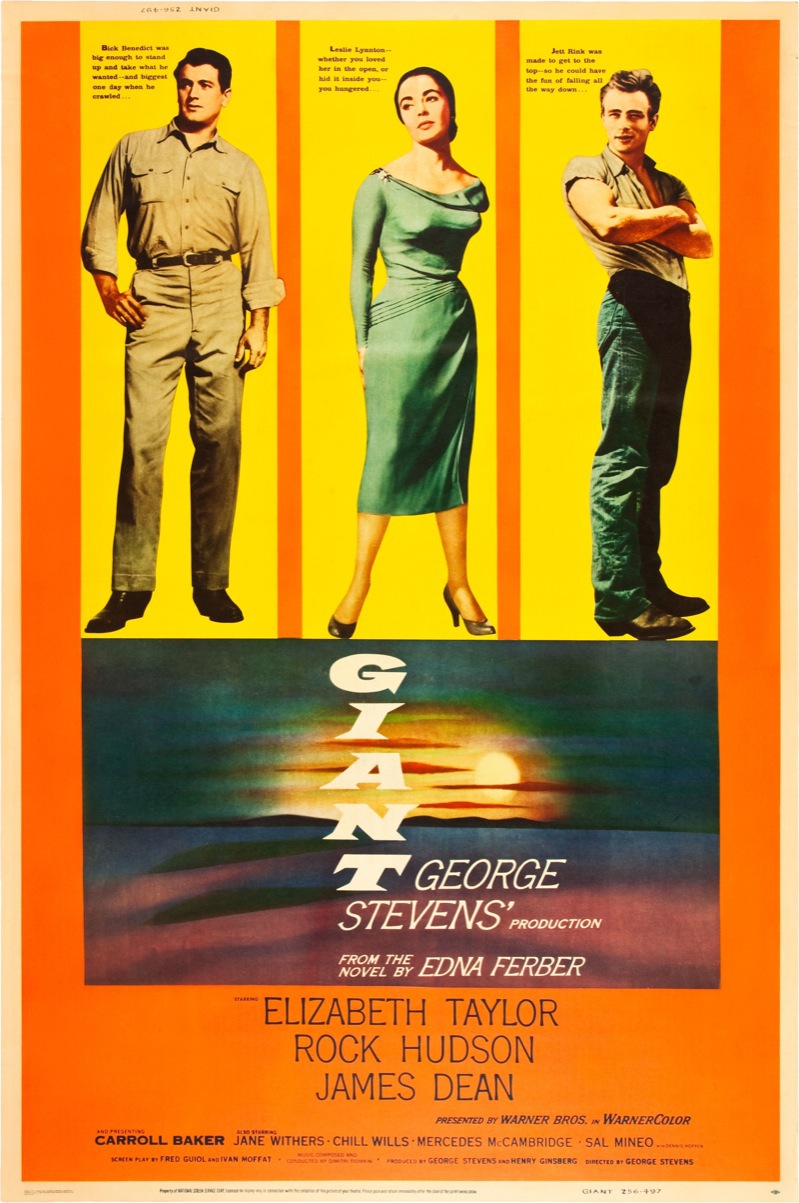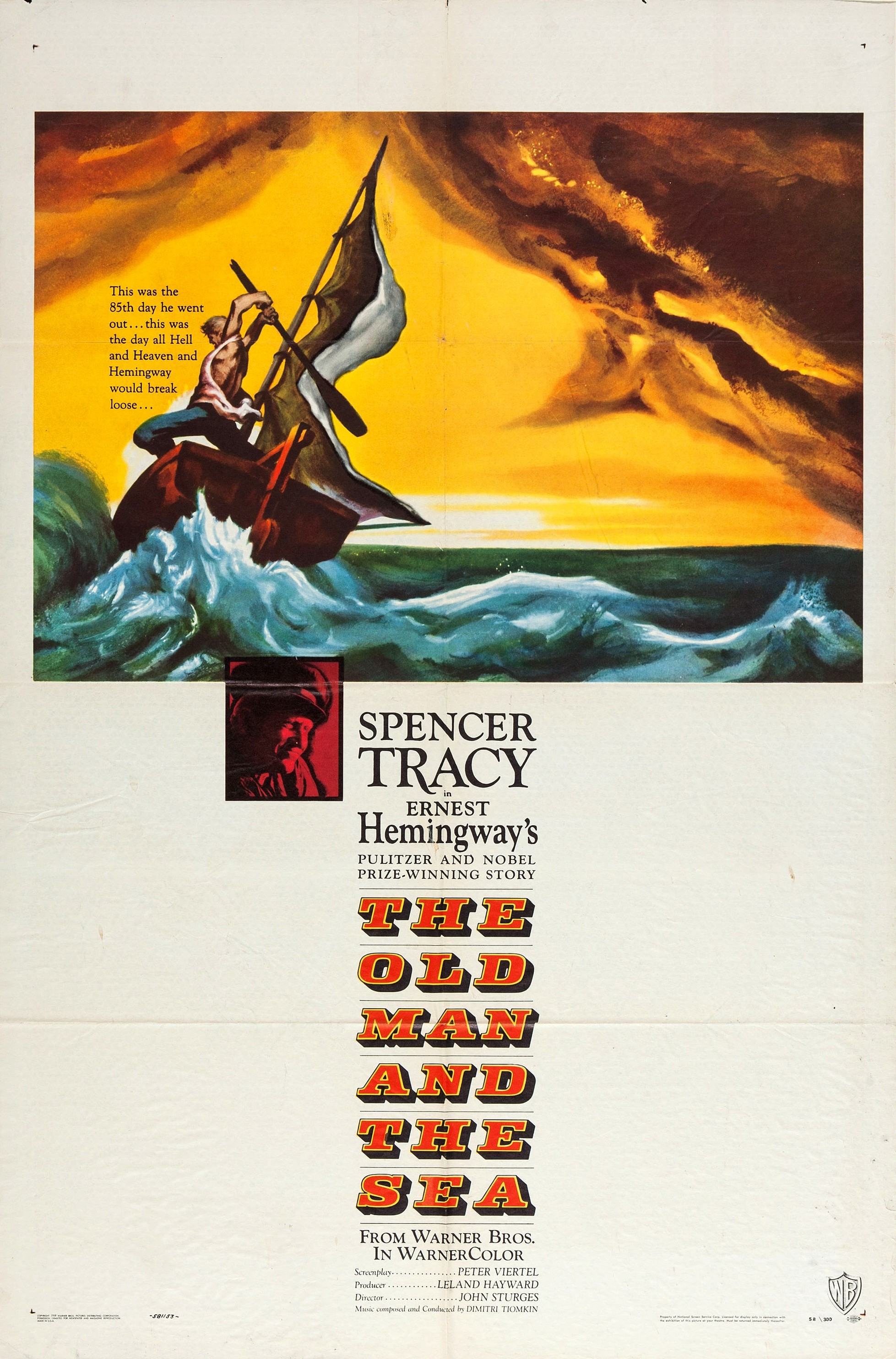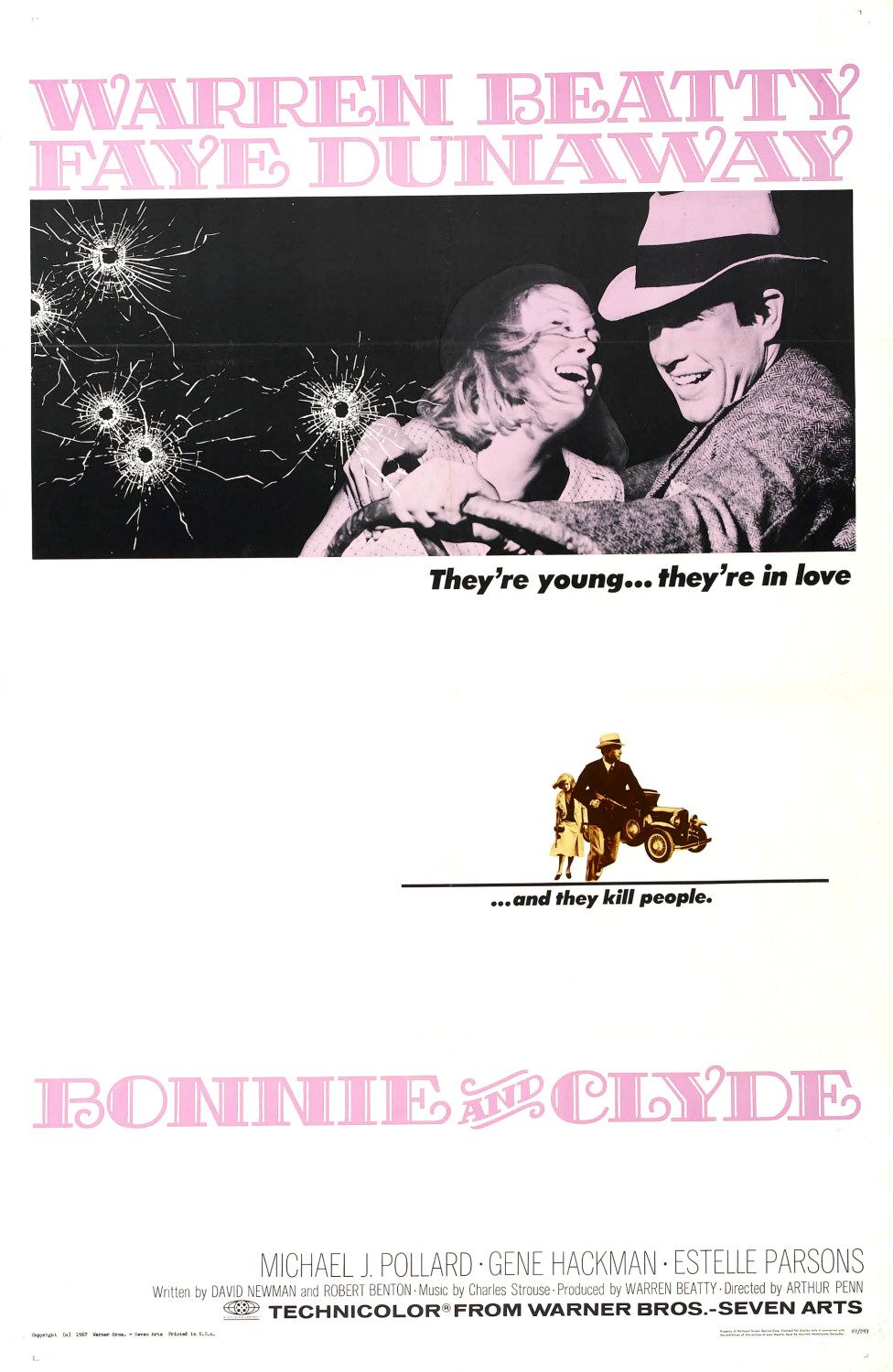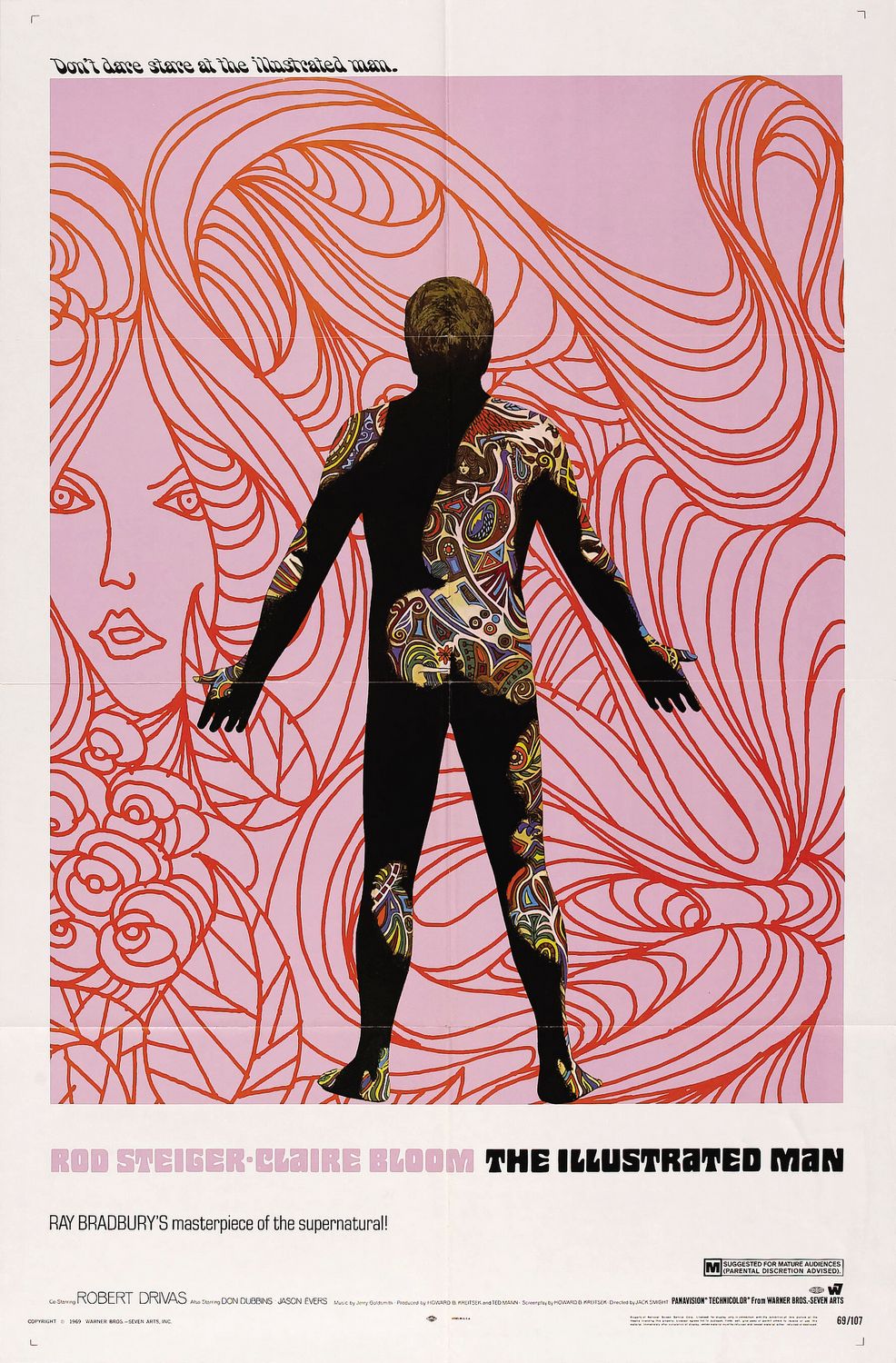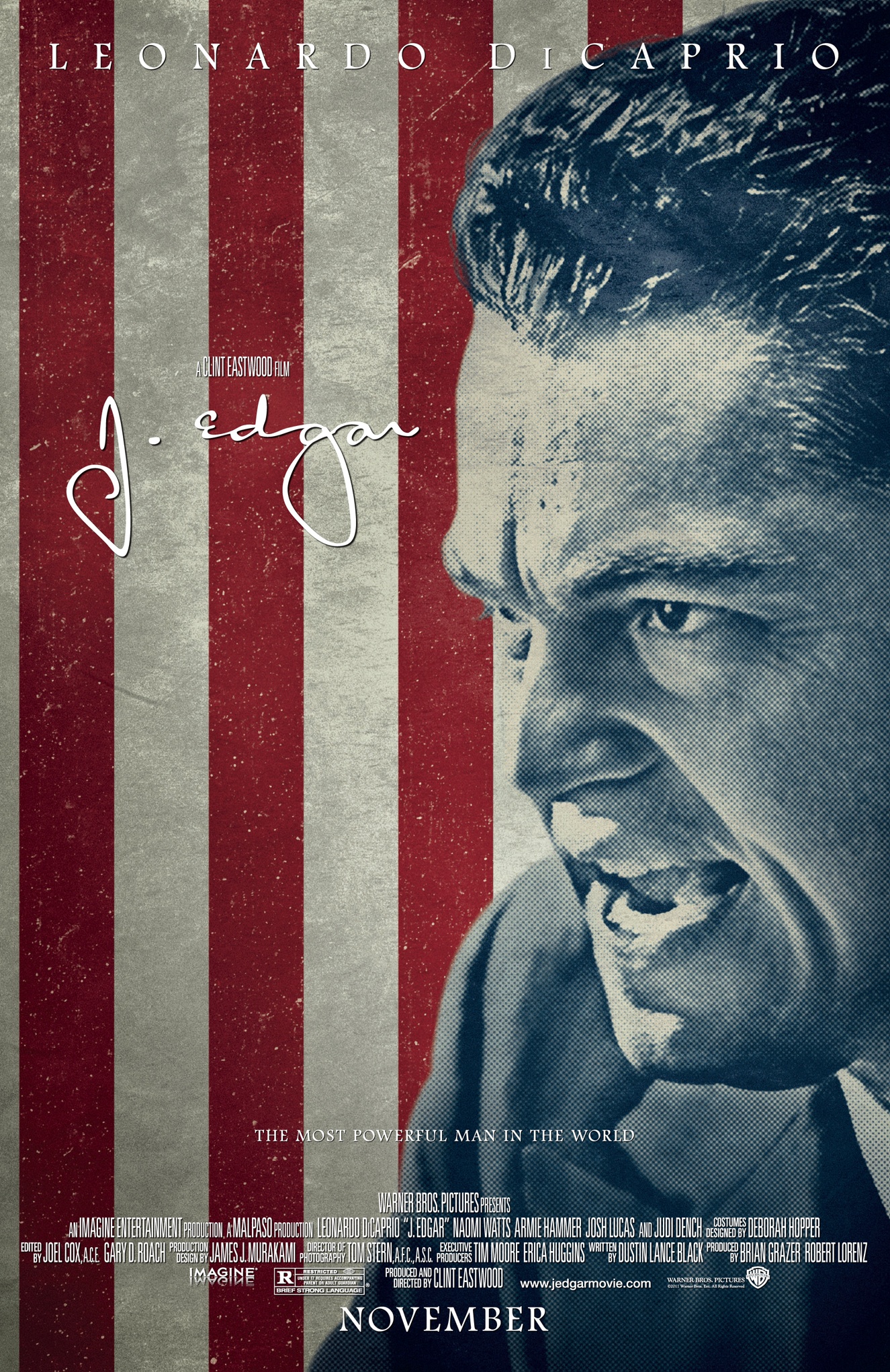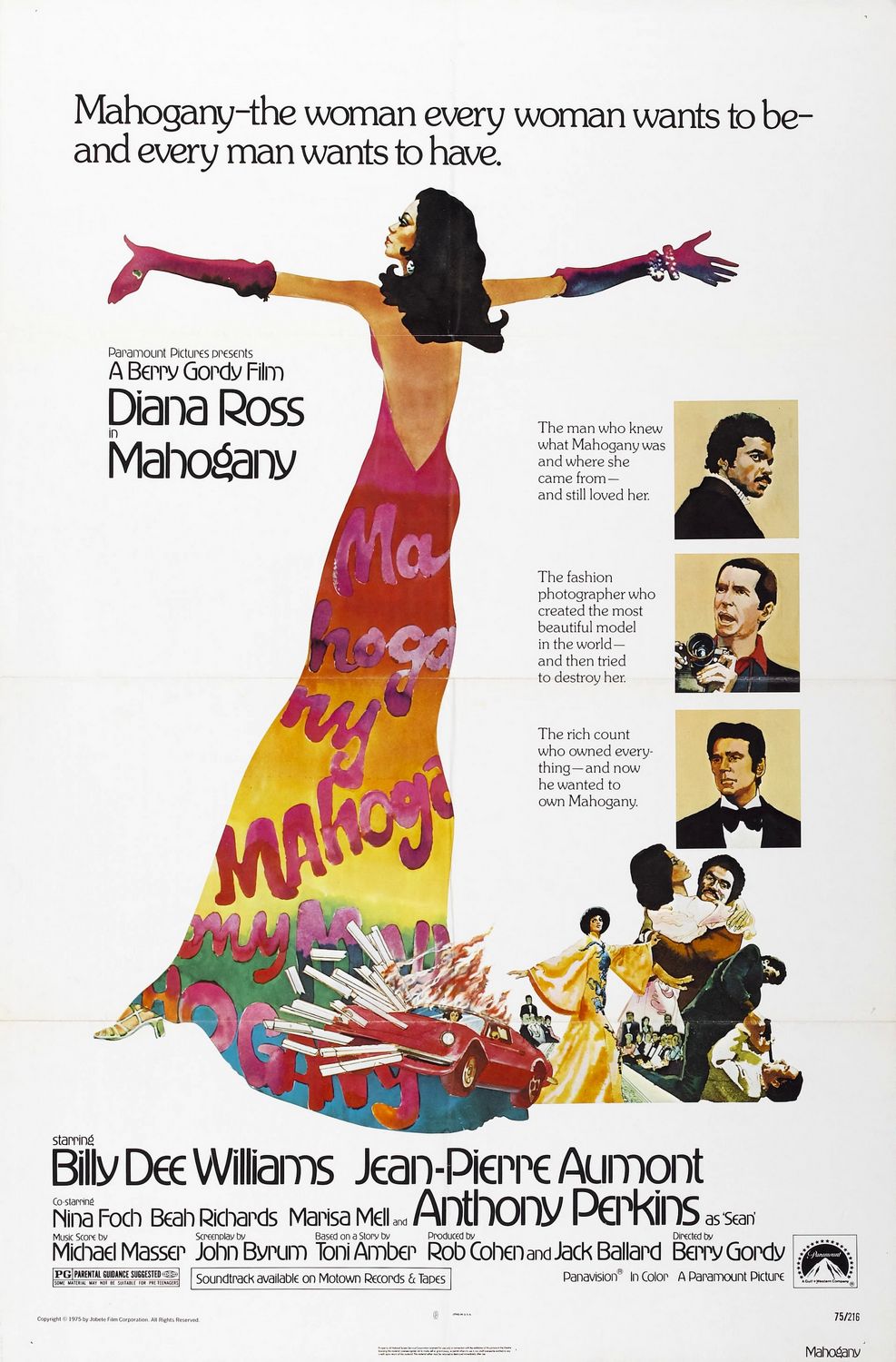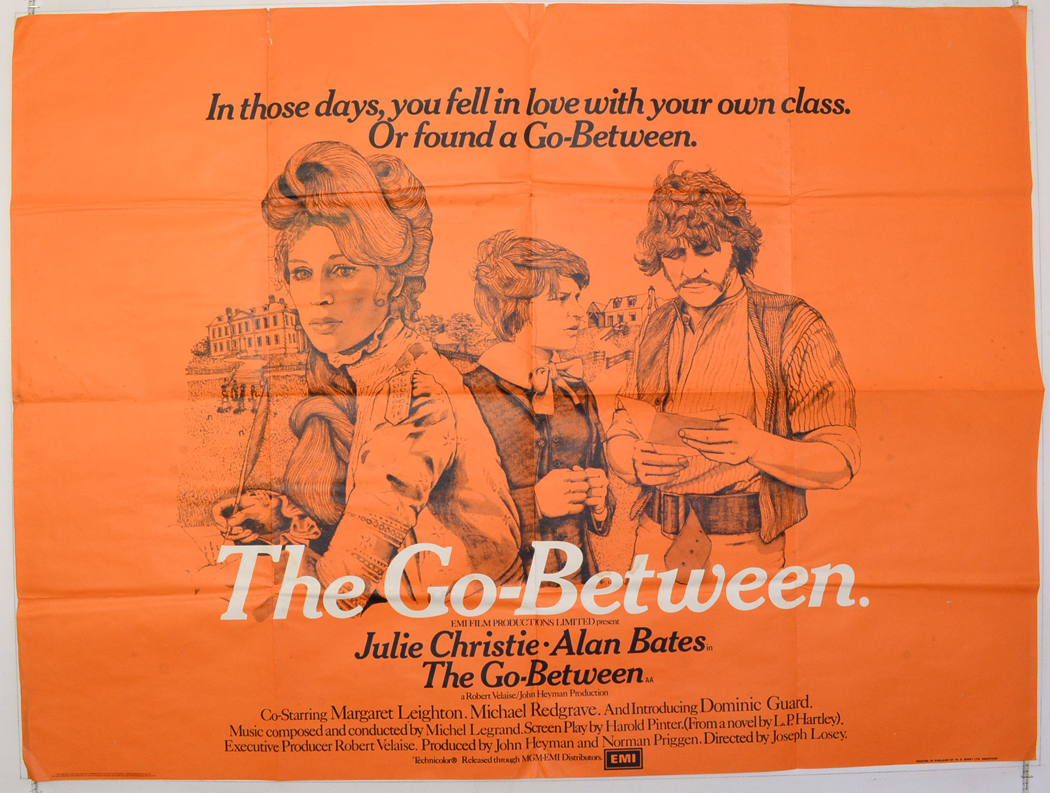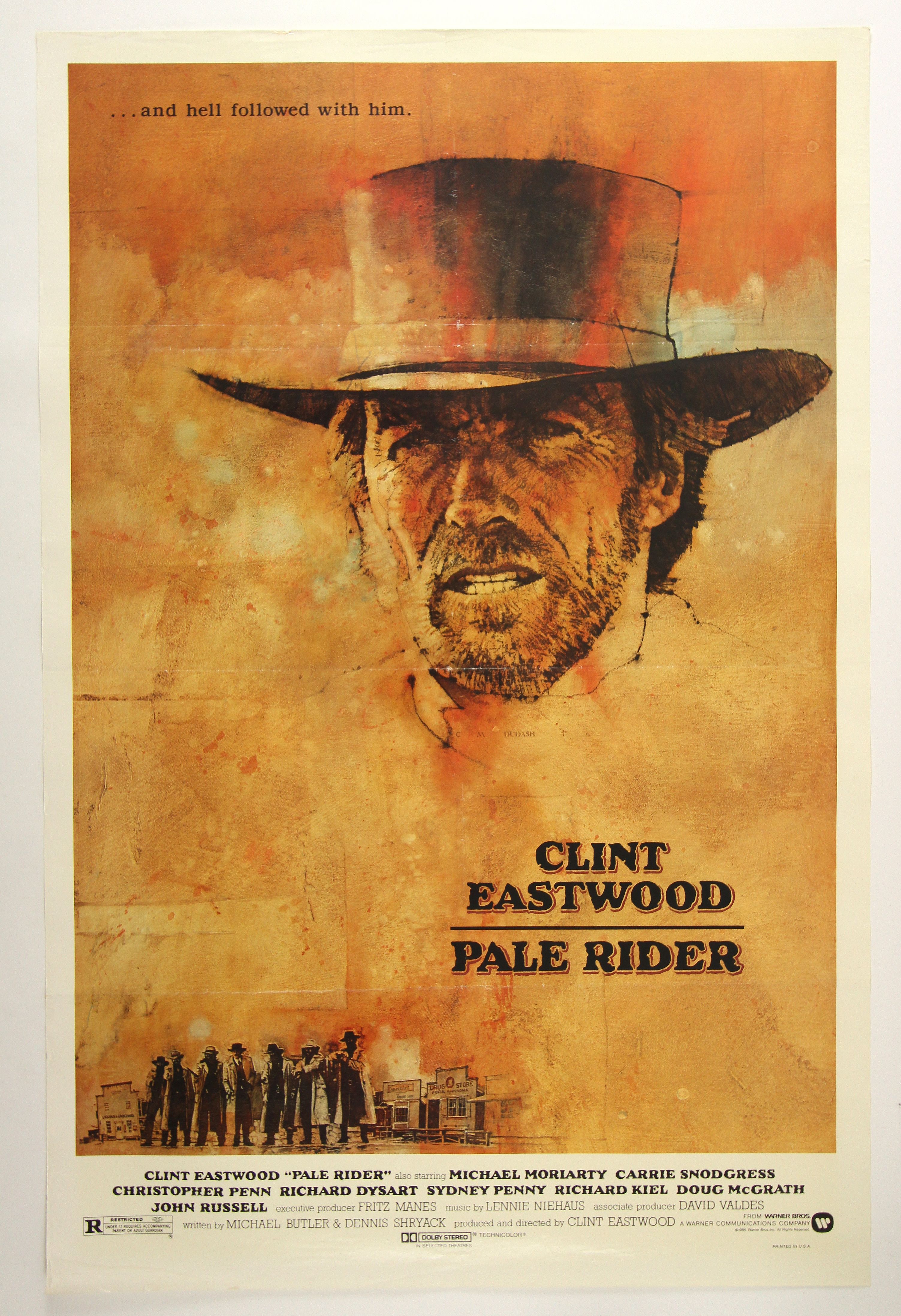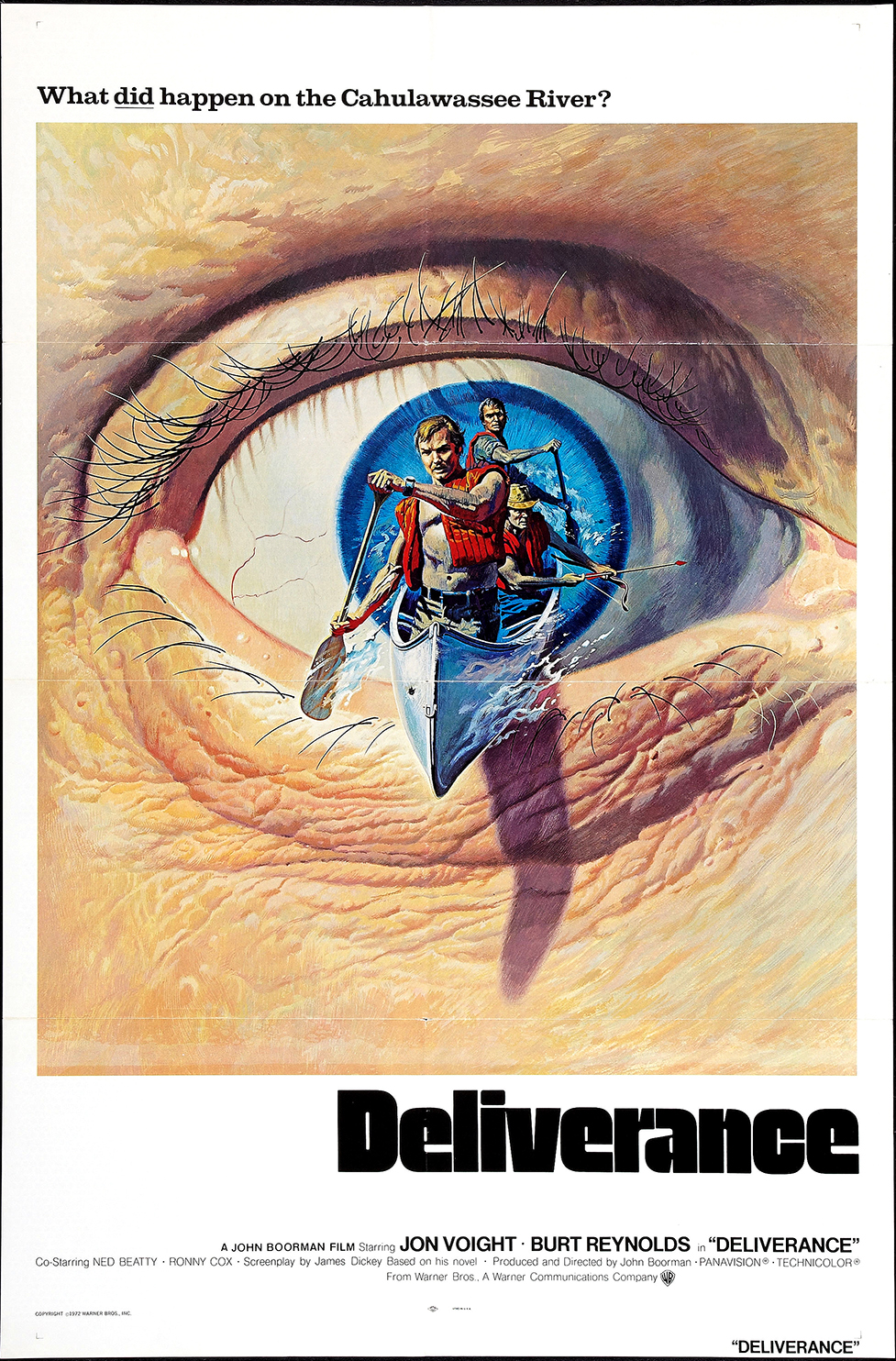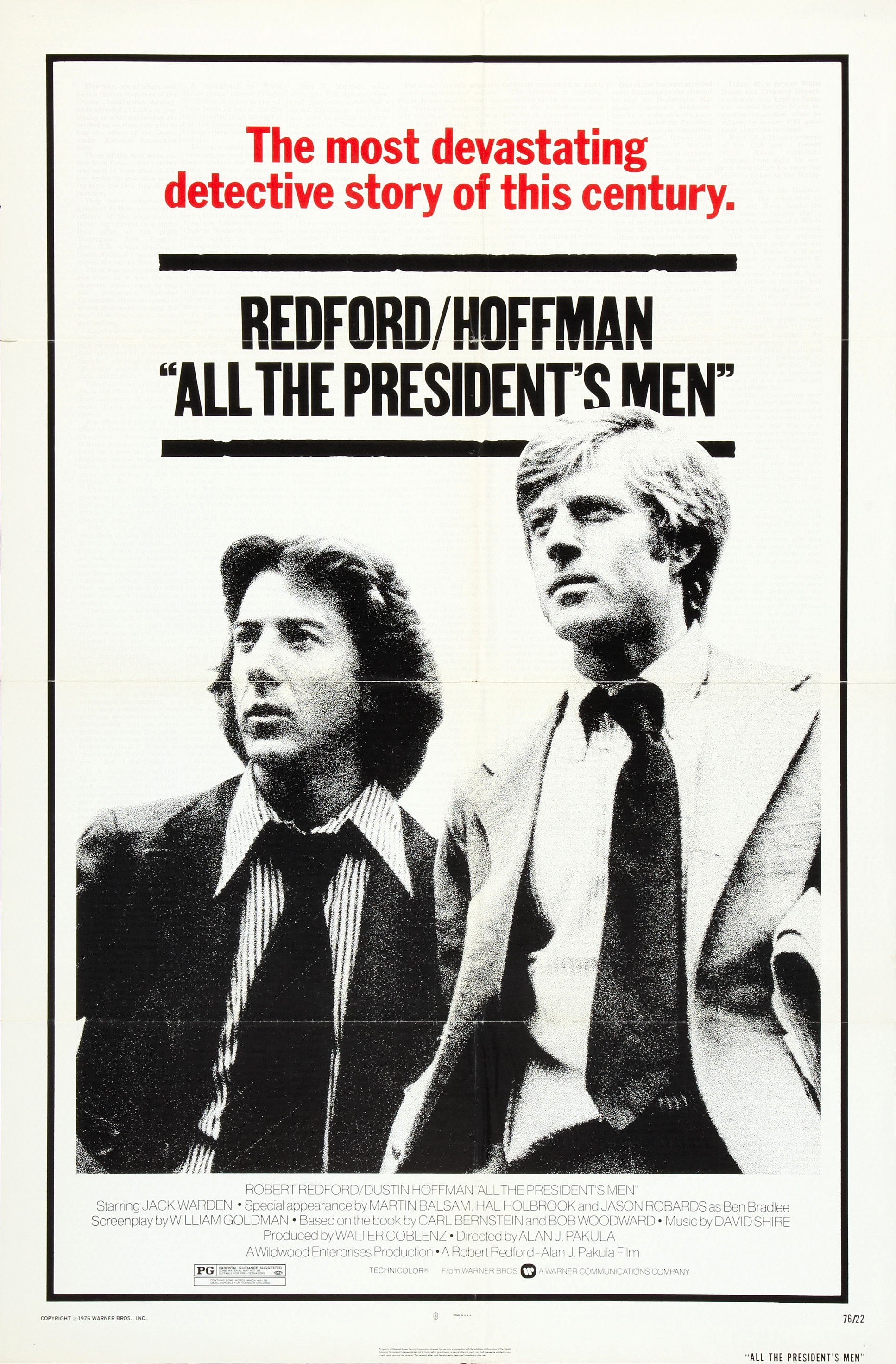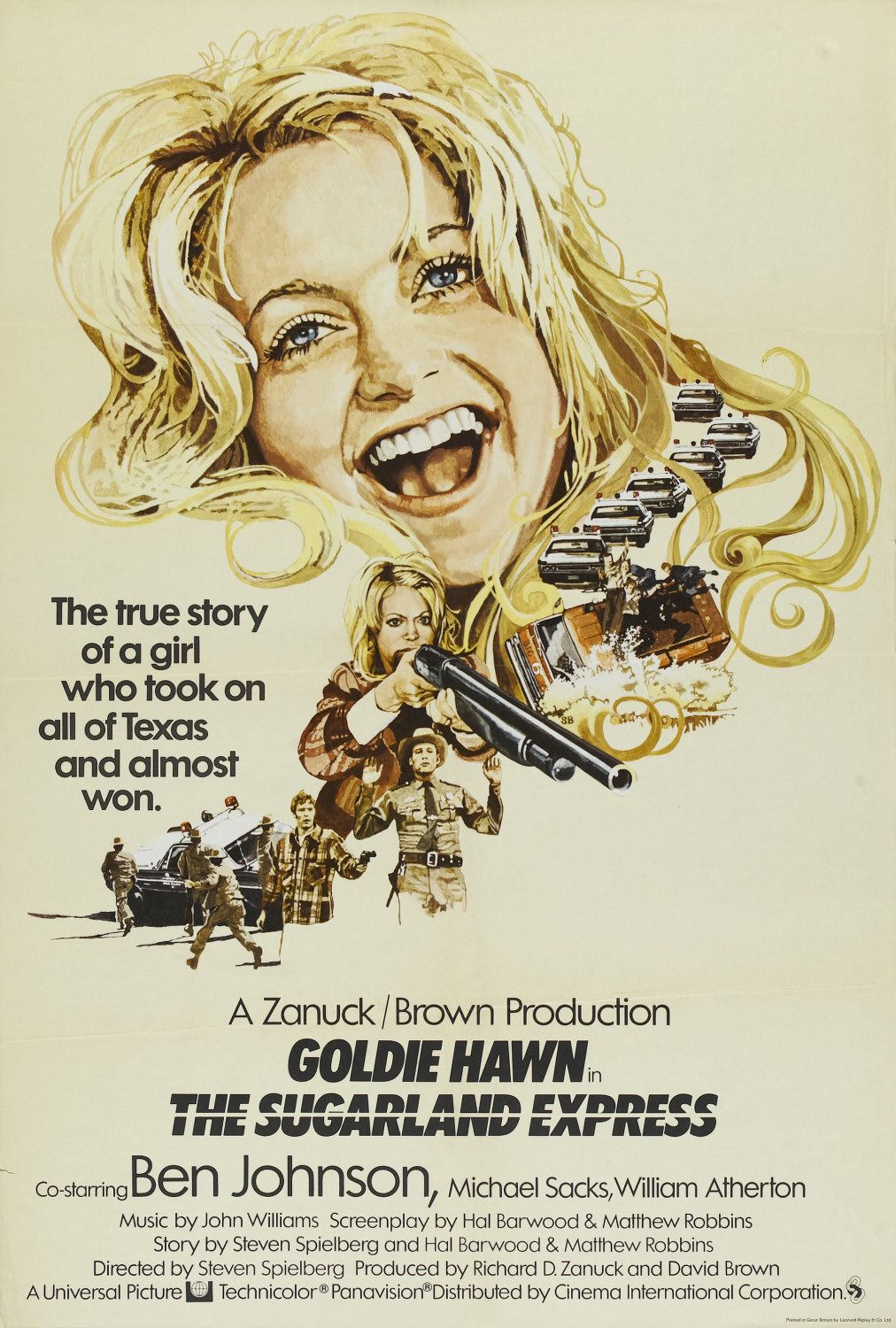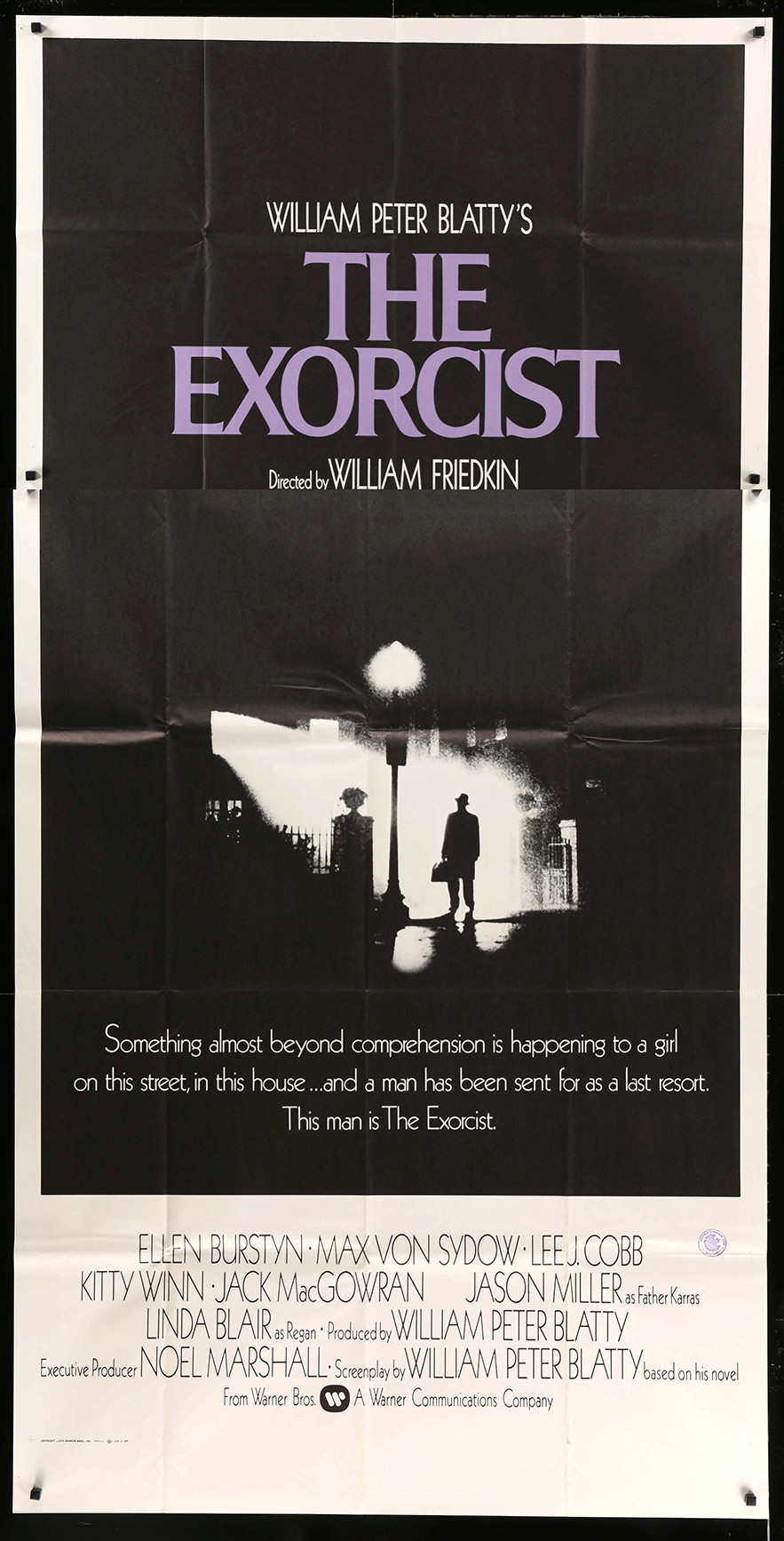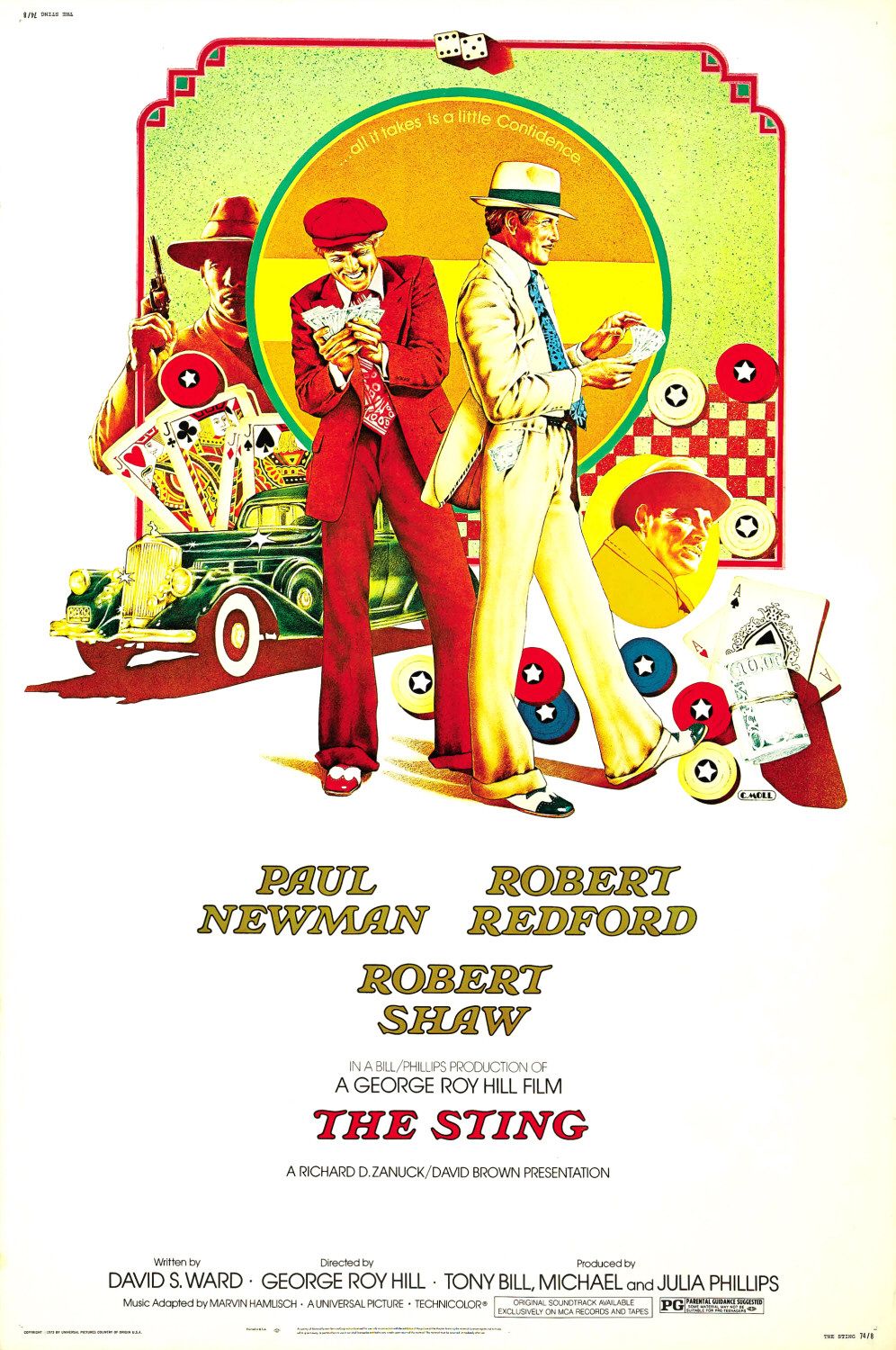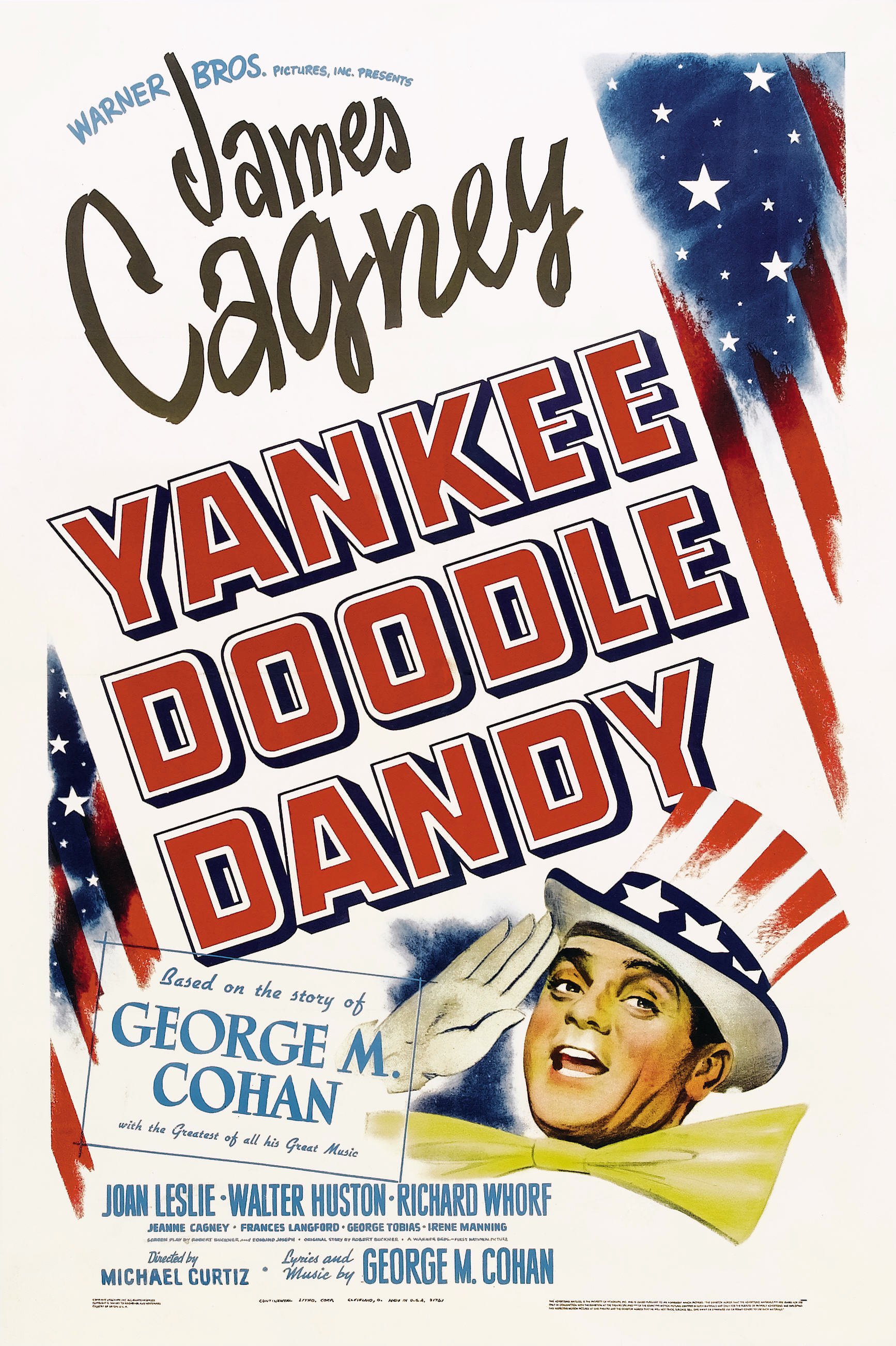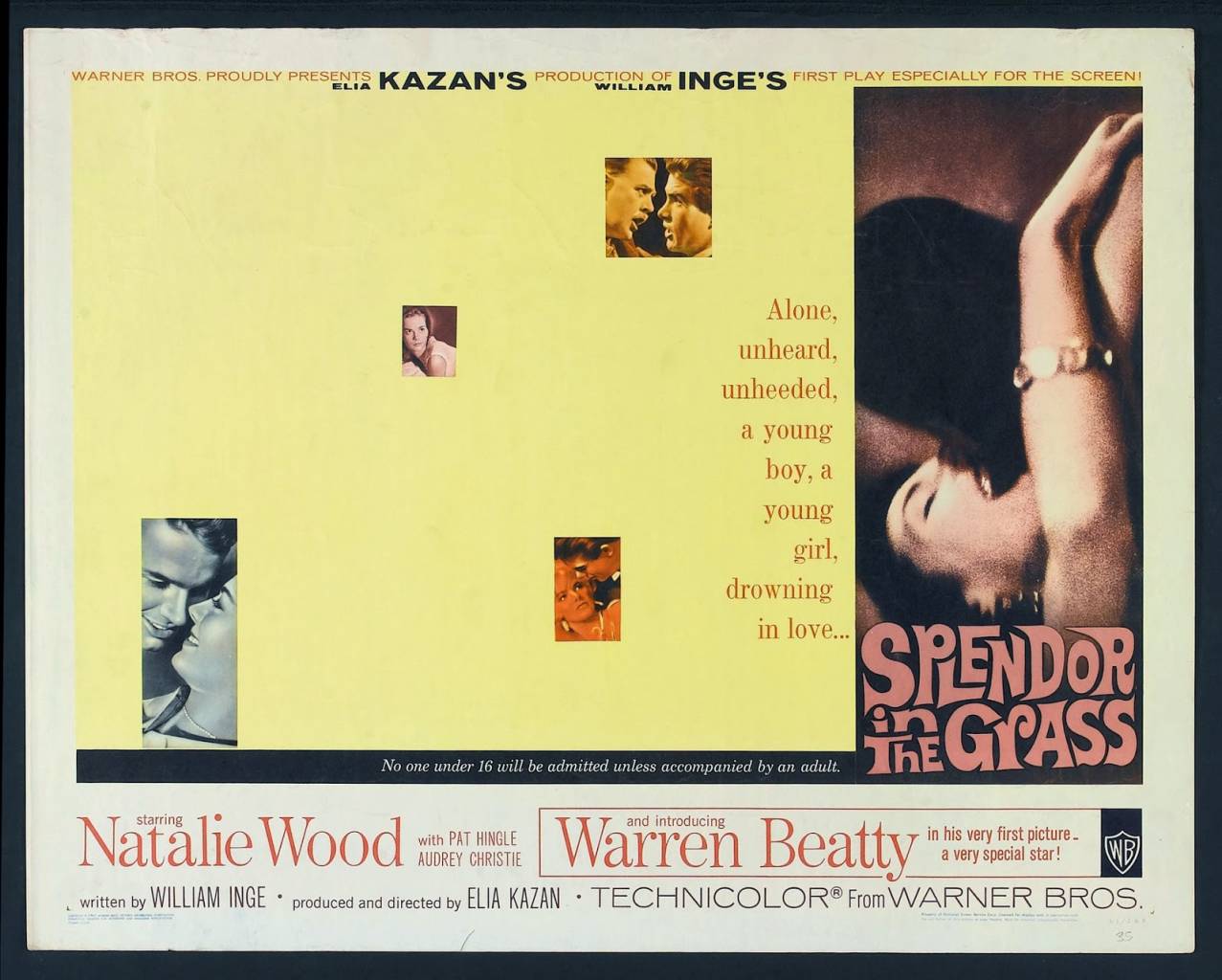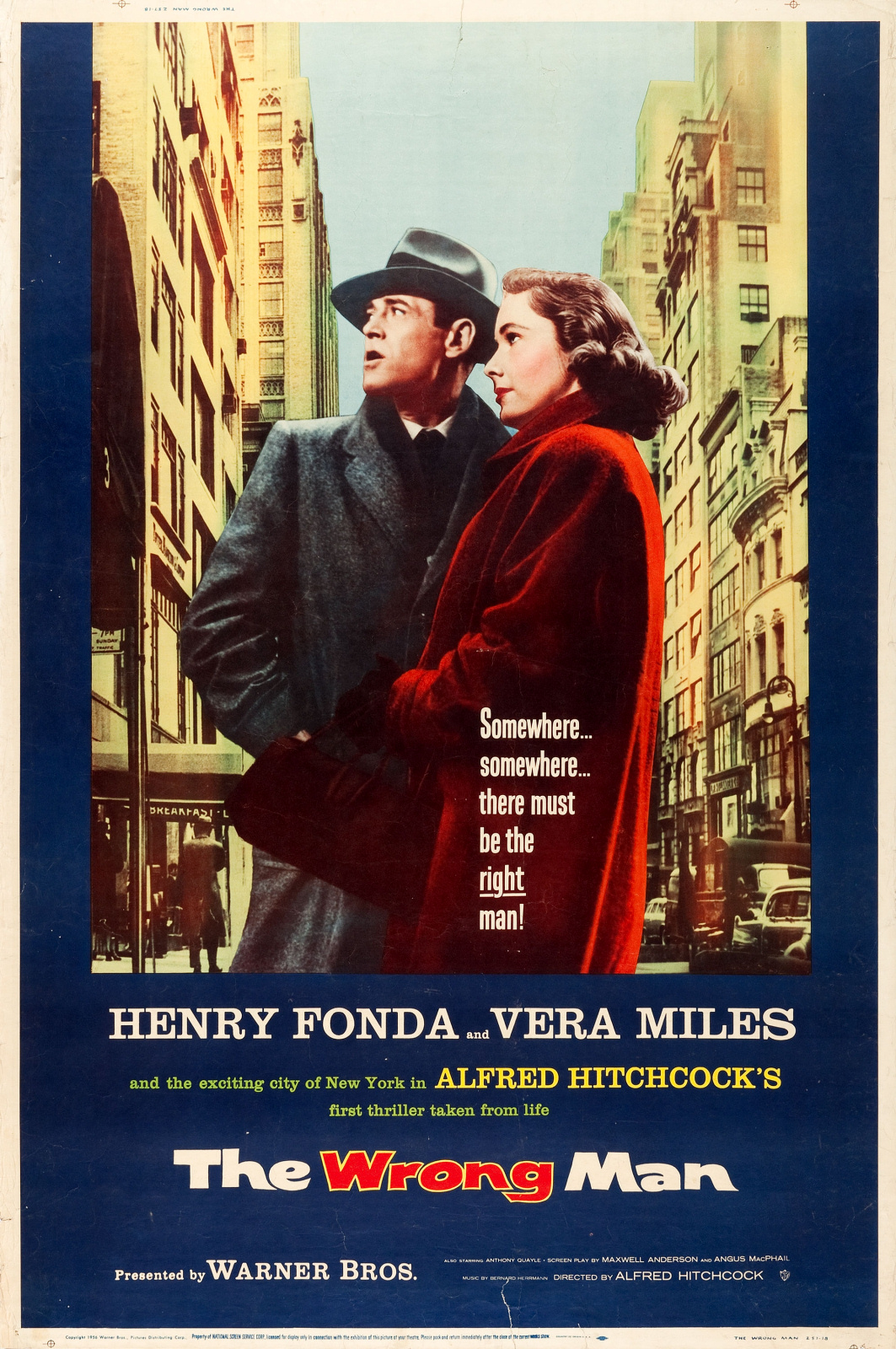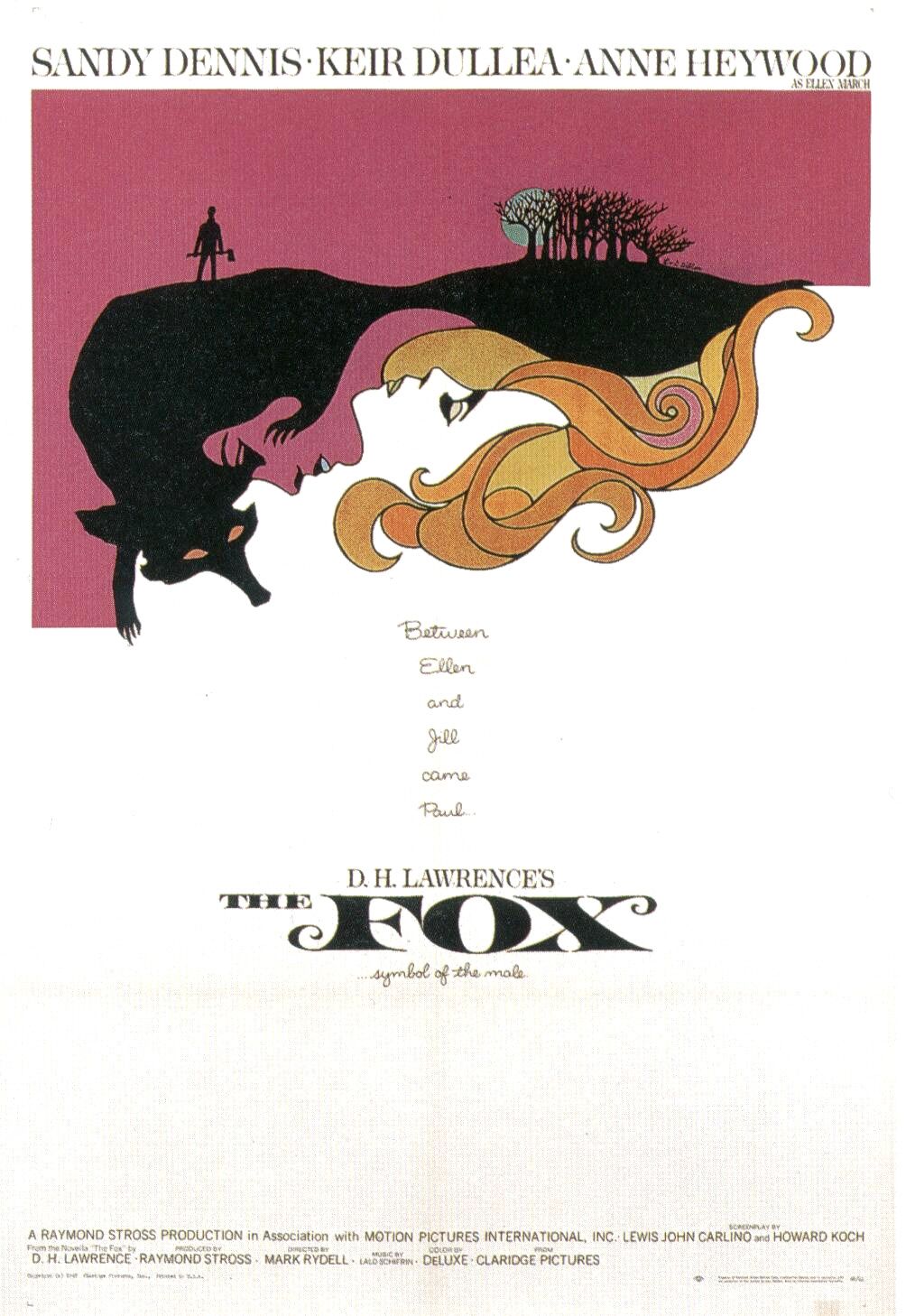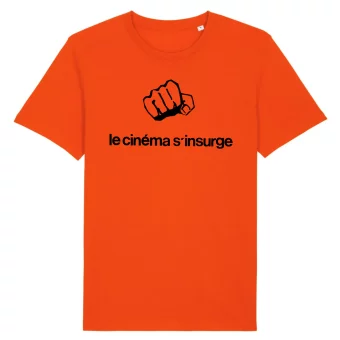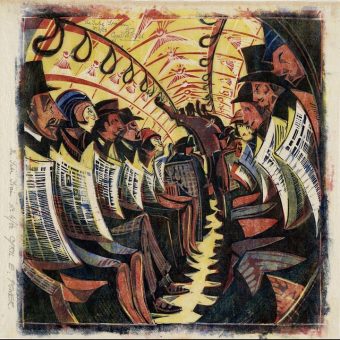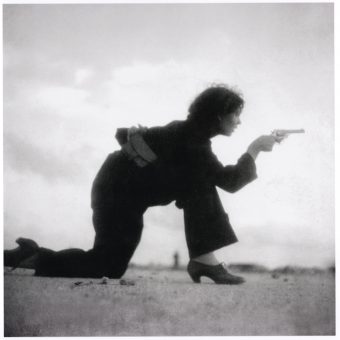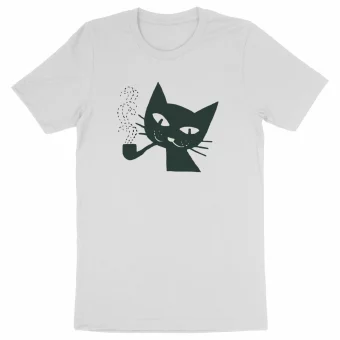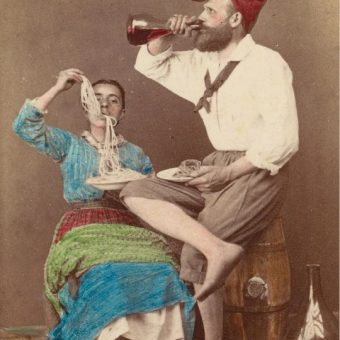Barbarella poster from 1968. “The fragments are a design trick to give it something that is not the normal,” he said. “You would normally have boxes down the side show all the stills, but this has a bursting excitement to it, like something has blown up. Pieces seem to be flying off the center. So here Jane Fonda is big up top, and then when you come down below, there’s a small sexy little figure with the tag line ‘See Barbarella do her thing.’ What’s her thing? We’d love to see it.”
Bill Gold, at the age of 97, has died. Maybe the greatest movie poster designer of them all. Gold was born in New York City, January 1921 and is best know for hundreds of classic film poster designed. His first posters included Yankee Doodle Dandy in 1941 and Casablanca the following year. He began his professional design career at Warner Brothers and was made head of poster design in 1947.
He once told the New York Times:
I know what movie posters should look like, instinctively,” said Mr. Gold, who lives in Old Greenwich, Conn. “I looked at everything that MGM and Paramount and all the companies did, and I never liked anything that I saw. I always found fault with the fact that they showed three heads of the actors, and that’s about all the concept they would use. And when I started to work, I thought: I don’t want to just do a concept with three heads in it. I want a story.
During his 70-year career he has worked with some of Hollywood’s greatest filmmakers, including Laurence Olivier, Clint Eastwood, Alfred Hitchcock, Stanley Kubrick, Elia Kazan, Ridley Scott, and many more. Among his most famous film posters are those for Casablanca and A Clockwork Orange. He is now 96 and lives in Greenwich, CT.
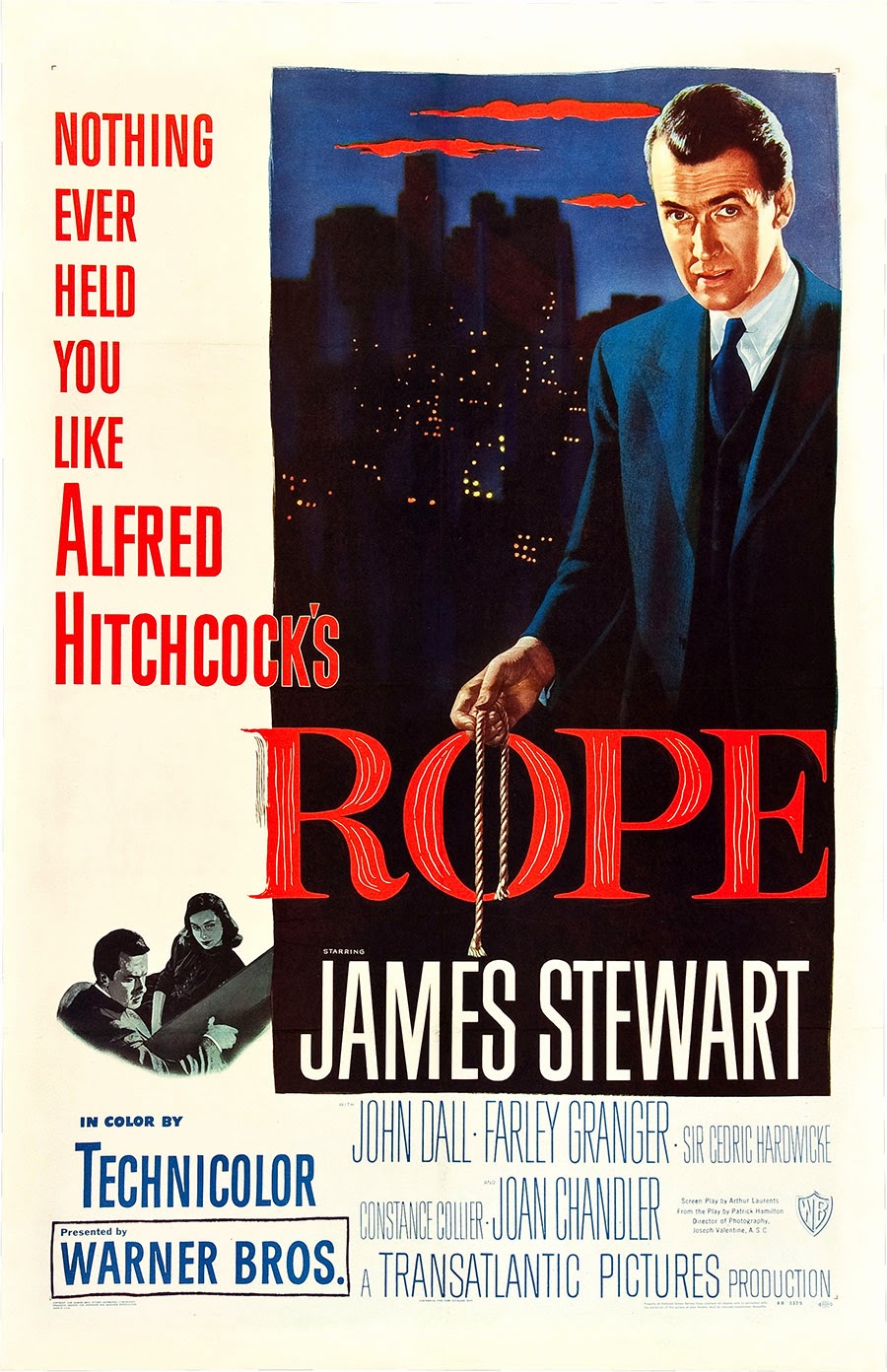
Hitchcock’s ‘Rope’ from 1948. “Rope,” about two young men who murder a former classmate in their apartment and host a dinner party at the scene of the crime, was the first of seven Alfred Hitchcock films Mr. Gold worked on. “The whole trick here was showing Jimmy Stewart holding a piece of rope,” he explained. “What’s going to happen with that piece of rope? That’s me instigating the curiosity of the film idea. At first the lettering was very crisp and casual and typical. And then I felt it needed something to be more active, something to make it move more, so I added the lines.”
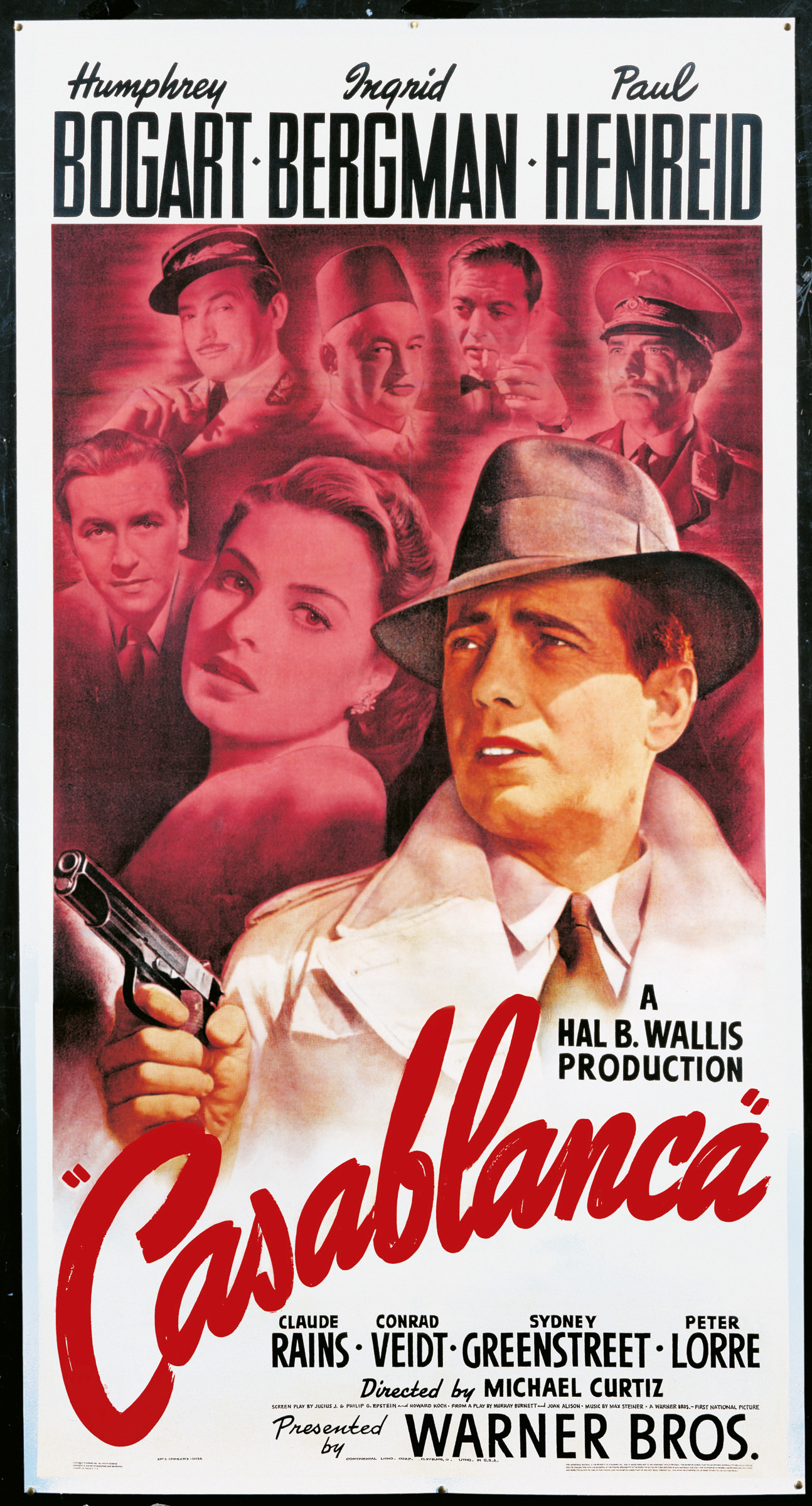
Mr. Gold’s first assignment in 1942 after being hired by the Warner Brothers art department in New York was “Casablanca.” I thought all the characters in this film were very important, so I wanted them in the poster,” he said. “I put them in the background and put Ingrid Bergman in front of them on the left side of Bogart, but I wanted her to be looking on behind him. I didn’t want to tip off that there was a love affair.”
The studio had but one request: Wanting to sell Bogart as a star, it asked if the poster could be more exciting. “So I went back and put a gun in his hand,” he said. It worked.
Would you like to support Flashbak?
Please consider making a donation to our site. We don't want to rely on ads to bring you the best of visual culture. You can also support us by signing up to our Mailing List. And you can also follow us on Facebook, Instagram and Twitter. For great art and culture delivered to your door, visit our shop.
